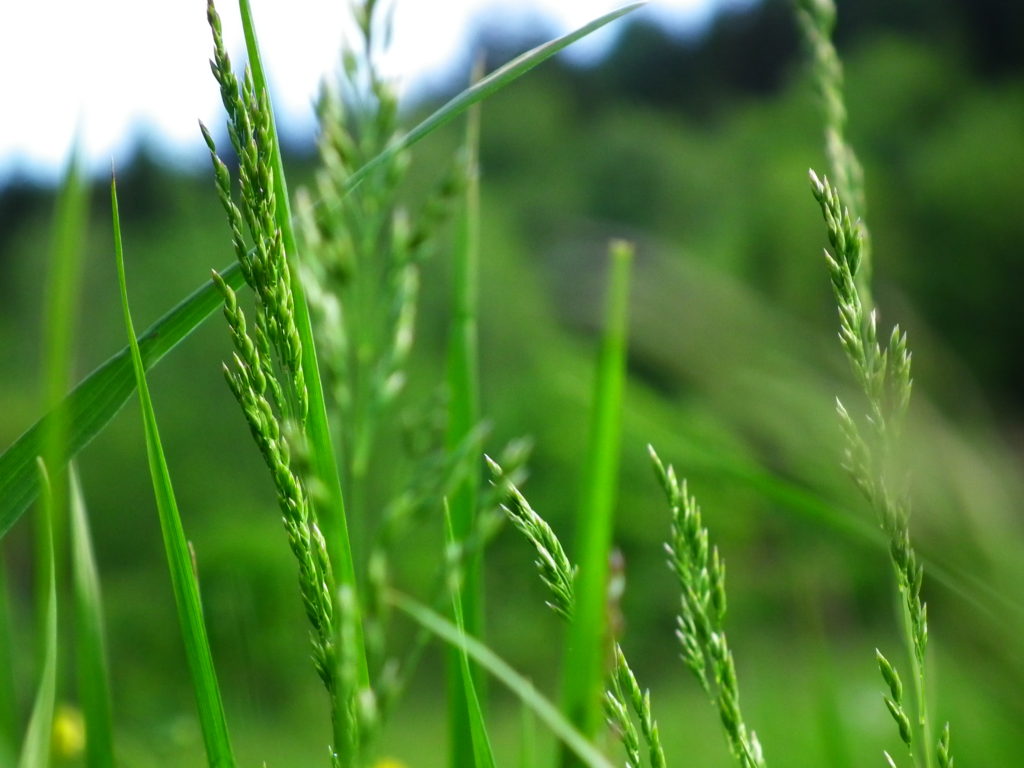
Native or Introduced Grasses…..What Grass to Grow?
Written By:
- Dr. Megan Clayton, Texas A&M Associate Professor & AgriLife Extension Range Specialist, Corpus Christi
- Dr. Larry Redmon, Professor and Associate Department Head & Extension Program Leader at the Department of Soil & Crop Science. Texas A&M University
Do you remember purchasing your first car or home? The excitement and thoughts of potential bargains and that perfect item swirls in your head until a week or two into the process – when you discover this big decision is really not very fun at all!
From time to time, landowners are faced with deciding which direction to take with their land – do you plant native grass species or go with an introduced? Opinions from neighbors, the many options available, the monetary investment, unpredictable weather, and the potential long-term ramifications of the decision can make standing at these crossroads an unpleasant time.
Below, we’ve answered five questions that may help you determine whether native or introduced species are right for you
What Are My Goals?
Although we may be tired of hearing it, management decisions should always start by acknowledging the goals for the property. And, as distasteful as it may seem, this will also involve development of a written plan. The written plan will serve as a guide or road map that optimizes the amount of time, effort, and money expended on the ranch operation.
Goals define where you ultimately want to be; objectives will serve as the steps taken to achieve the goals. Questions related to goals could include do you solely manage for livestock production? Or, does wildlife contribute to your profit or recreational interests?
While cattle may be able to thrive on thick pastures of introduced forage grasses, wildlife typically do best where there is a diversity of native plants and that provide not only food, but also provide cover from predators yet are open enough for tiny birds to maneuver through as they forage for seed or insects. Many landowners are now managing for both livestock and wildlife on the same piece of property.
What am I Willing to Sacrifice?
While there are pros and cons to every management decision, the important thing is to know what you are willing to tolerate.
Introduced grasses often establish quicker, may or may not be less expensive to establish, and have the potential to grow more pounds of forage per acre than most native species. However, these introduced species may need more inputs, such as fertilizer, weed control, or irrigation in order to do well. Also, they typically grow as a monoculture, or pasture with one dominant grass species, which is less desirable for wildlife management.
Native grasses are typically planted in a mix, even with some forbs, to increase the success of stand establishment and to provide the plant species diversity necessary as wildlife habitat. It is important to choose seed adapted for your area and plant them according to recommendations. Often times, seed cost is higher than introduced species because of limited supply of native seed, but once established, there are fewer input costs associated with fertilizer and herbicide. The diversity of plants that grow in a native reseeding is conducive to livestock grazing and for wildlife, although you will want to purposely delay livestock grazing for a couple of years to allow the natives to establish. Also, to balance the needs of both wildlife and livestock, stocking rates will need to be kept at a low to moderate level.
What will be the Future Use of My Land?
Although we have to make decisions that will benefit our operation now, the plant establishment and potential long-term impact warrant some consideration of what will happen to the land in the future. If your plans are to pass the family ranch down to your children or grandchildren, will their land use goals be the same as yours? If you have plans to improve and then sell your land, what would likely be more desirable to a buyer? Currently, people purchasing land typically place more emphasis on wildlife habitat than on cattle production. Once many of the introduced grasses have been established, they may be hard to eradicate. If you later choose to plant natives for their additional wildlife benefit, you may find that the introduced species continue to out-compete the natives.
How to I Convert My Pastures to Something Else?
Maybe you are that landowner who has either native or introduced grass species, but would like the opposite! If you have been considering a change, here are some things to keep in mind.
- It is typically easier to go from natives to introduced species. Glyphosate, a broad spectrum herbicide, will help control currently green, growing grasses and forbs.
- Switching from a well-established introduced field to natives can be done, although it may take a bit more effort. When preparing the seedbed, multiple applications of glyphosate may be necessary in combination with plowing or multiple disking operations.
- Remember there is dormant seed in the soil that may germinate later, so follow up control may be necessary.
- Planting a cover crop during times of unlikely or questionable establishment may help hold the soil in place and prevent erosion until the desired species can germinate.
- Be aware of the plant composition in nearby fields as these can impact the fields you are planting through encroachment and the spreading of seeds by wildlife and livestock.
What Grass Species are Best Adapted to My Area?
In the back of my head is my grandfather’s voice saying “You wrote a whole article on what grasses to plant without mentioning a grass name!?” Everybody would like to know what to plant, but the grass species you choose should be based on your goals, climate, and soil type. Back to the written plan…based on your specific goals and objectives and depending on your location in the state (climate, soils), certain species will be better choices than others. For help in determining what species are best adapted to your region and will help you meet the ranch goals, seek out the following:
- Your local county extension office; or
- The local office of the Natural Resources Conservation Service (NRCS) or their Web Soil Survey tool; or
- Local, successful neighbors with a reputation as a good land steward.
Each of the above resources should be able to provide good information regarding forage species adapted to your region that will enable you to meet your goals.
